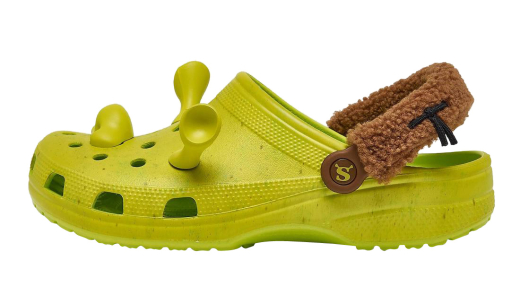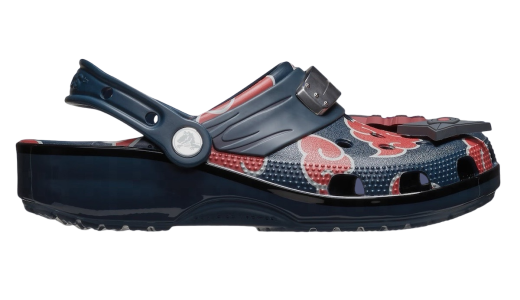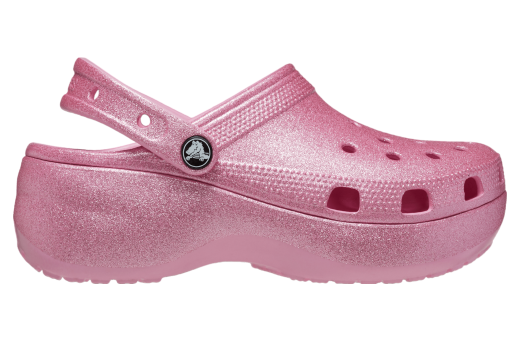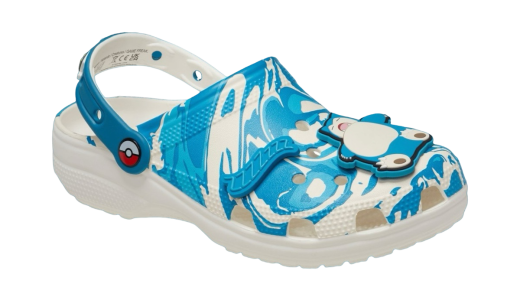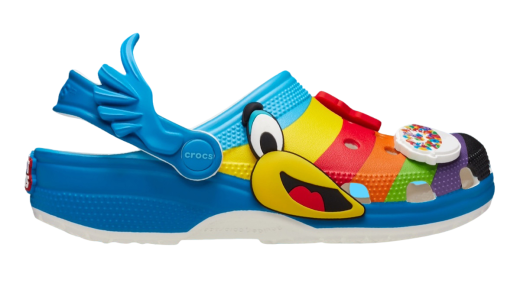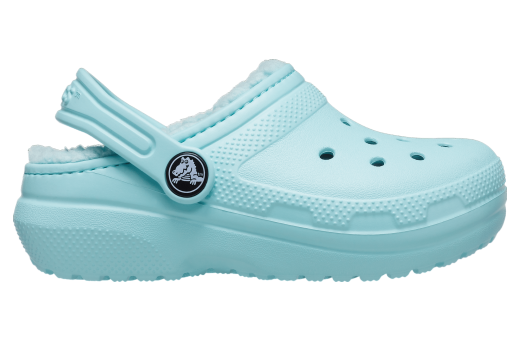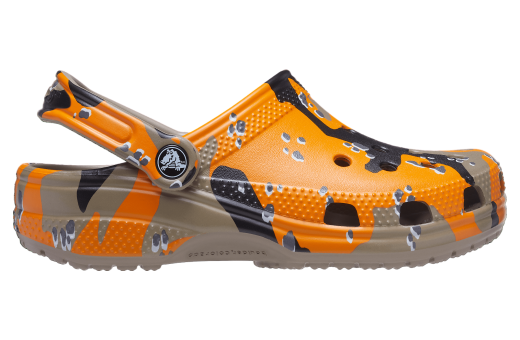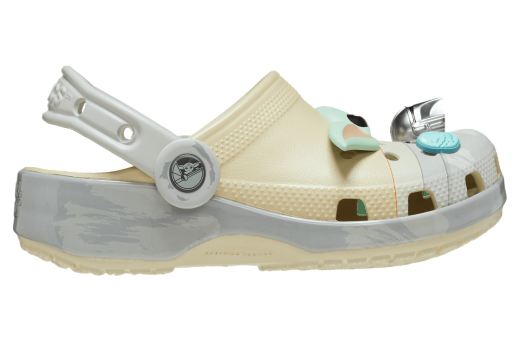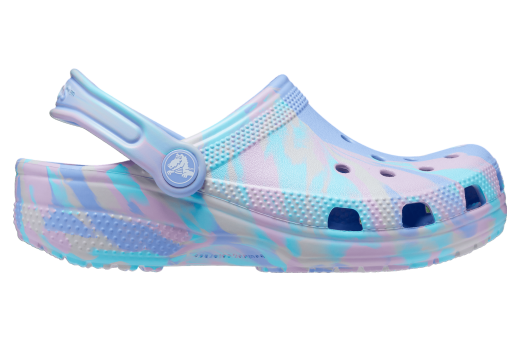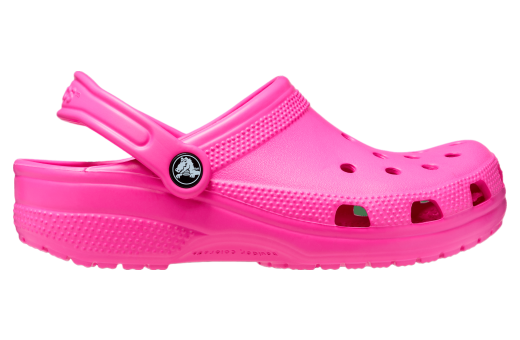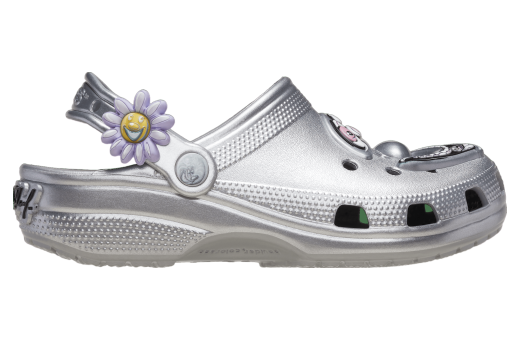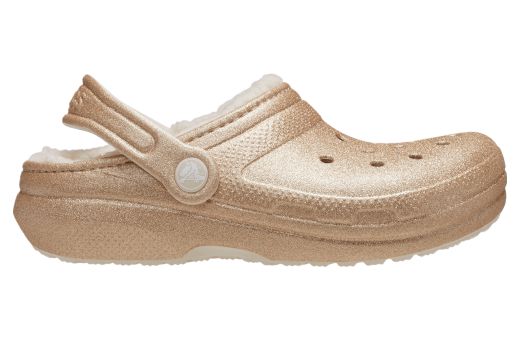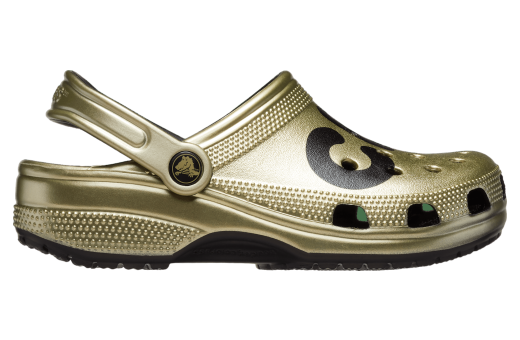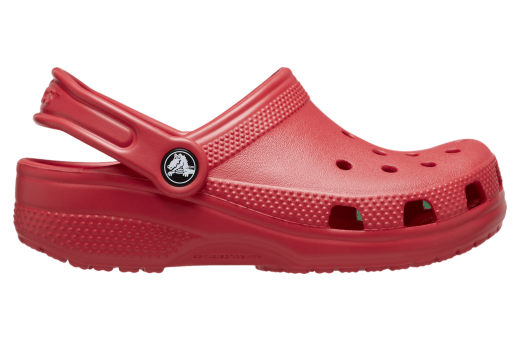Crocs Classic Clog
The Crocs Classic Clog is a highly recognizable and beloved type of footwear known for its comfort, practicality, and distinctive appearance. Introduced in 2002, this clog quickly became a cultural phenomenon, standing out with its unique, perforated foam design which offers excellent breathability and water resistance. The clogs are crafted from Croslite, a proprietary material that is lightweight, non-marking, and provides superior cushioning, making them suitable for a variety of environments, from casual strolls on the beach to light, everyday wear. Over the years, the Classic Clog has been embraced by a diverse range of users, including healthcare professionals, chefs, and outdoor enthusiasts, for its comfort and functionality.
One of the defining features of the Crocs Classic Clog is its versatility in both style and customization. Available in a wide range of colors and patterns, these clogs allow individuals to express their unique personal style easily. Additionally, Crocs offers a variety of Jibbitz charms which can be inserted into the ventilation holes, giving wearers the opportunity to personalize their clogs further. Despite some initial skepticism regarding their unconventional appearance, Crocs Classic Clogs have carved out a significant niche market, proving that comfort and practicality can triumph over traditional fashion norms. Their enduring popularity reflects a broader trend towards comfort-driven fashion, making them a staple in many wardrobes around the world.
History of Crocs Classic Clog
Crocs Classic Clog: A Cultural and Industrial Phenomenon
Crocs Classic Clogs are footwear that have traversed a fascinating trajectory since their launch, evolving from a niche product to a cultural icon, and sparking polarizing debates while establishing a multi-billion-dollar brand. With their distinctive design, material, and vibrant color palette, Crocs have garnered both staunch advocates and vehement critics. To understand the significance of the Crocs Classic Clog, it’s essential to delve into its history, from its inception to its current cultural and industrial impact.
The Beginnings
The genesis of the Crocs Classic Clog traces back to 2002. The brainchild of three friends—Scott Seamans, Lyndon Duke Hanson, and George Boedecker Jr.—Crocs were initially envisioned as a functional boating shoe. The founders came across a unique material called Croslite, developed by a Canadian company called Foam Creations. Croslite, a closed-cell resin with remarkable non-slip and waterproof properties, struck the trio as ideal for footwear that would work well on slippery boat decks.
The first prototype, which closely mirrors what we now recognize as the Classic Clog, was demonstrated at the Fort Lauderdale Boat Show later that year. The release proved to be a commercial success, with the initial batch of 200 pairs selling out rapidly.
Material Innovation: Croslite
Croslite is pivotal to the identity of Crocs Classic Clogs. Unlike conventional materials used in footwear like leather, canvas, or rubber, Croslite is neither plastic nor rubber but rather an exclusive resin. This material endows the clogs with unique properties: they are lightweight, durable, non-marking, and possess exceptional grip even on wet surfaces. Moreover, Croslite is hypoallergenic and resistant to odors, adding another layer of consumer appeal.
Expansion and Branding
Riding on their early success, Crocs' founders expanded their product line and began scaling the business. They recognized that the Classic Clog’s distinctiveness lay not just in its material but its design—featuring a roomy toe box, breathable air holes, and ergonomic support—that prioritized comfort over fashion. These features, combined with a rainbow of available colors, made the clogs conspicuous yet attractive to various demographics, from healthcare workers to gardeners.
In 2004, Crocs purchased Foam Creations, bringing Croslite technology fully in-house and securing their unique material advantage. This acquisition was instrumental in allowing the company to experiment with new designs and product variations. They introduced an array of new models, including sandals, flip-flops, and boots, while maintaining the core properties of the Classic Clog.
Marketing and Virality
Crocs made a concerted effort to market their products as lifestyle shoes, embracing their functional aesthetic. The marketing strategy was multipronged, targeting both professionals who required comfort during long hours of standing and ordinary consumers seeking casual footwear. Collaborations with healthcare professionals bolstered claims of ergonomic and health benefits, adding an element of credibility.
One of the turning points for Crocs came with their embrace by celebrities and popular culture. Notable figures such as chefs Mario Batali and Julia Roberts were spotted wearing Crocs, significantly boosting the brand’s visibility. Additionally, the shoes began to appear in television shows and films, further embedding them into popular culture.
The Roller-Coaster Ride
By the mid-2000s, Crocs had become a household name. However, this popularity coincided with growing disdain from fashion critics. The design, which many found to be an eyesore, became the subject of widespread ridicule. Despite this polarization, Crocs continued to grow, peaking in 2007 when the company went public. This initial public offering valued the company at approximately $6 billion, signaling its monumental success.
However, like many rapid success stories, Crocs encountered significant turbulence. The company’s aggressive expansion left it vulnerable to market fluctuations. By 2008, Crocs faced excess inventory and dwindling consumer interest, leading to substantial financial losses. The nadir came in 2009 when the company nearly went bankrupt.
Resurgence and Reinvention
Despite these challenges, Crocs undertook an impressive turnaround strategy. Andrew Rees, who took over as CEO in 2017, led the company through cost-cutting measures, product line consolidation, and a refocus on the Classic Clog. The company closed underperforming stores, reduced its workforce, and concentrated on digital sales channels.
One of the most significant factors behind Crocs' resurgence was its adept utilization of social media and influencer marketing. Collaborations with artists like Post Malone, Balenciaga, and Justin Bieber infused new life into the brand, appealing to younger, fashion-conscious consumers. Limited edition releases and collaborations created a sense of exclusivity and urgency, reigniting consumer interest.
The platform Jibbitz, customizable charms that could be attached to the ventilation holes of the Classic Clog, also offered a unique way for consumers to personalize their footwear. This encouraged customer engagement and created a more interactive consumer experience.
A Pandemic-Era Icon
The COVID-19 pandemic ushered in a period of unprecedented lifestyle changes, including a shift towards comfortwear as millions of people began working from home. The attributes of Crocs—comfort, ease of use, and versatility—made them particularly appealing during this time. As a result, the company saw a significant surge in sales, with revenues climbing dramatically.
Healthcare professionals, who were at the forefront of battling the pandemic, embraced Crocs for their comfort and durability. Recognizing this, Crocs initiated programs to donate thousands of pairs to frontline workers, further endearing the brand to this critical demographic while also enhancing its public image.
Cultural Significance and Future Prospects
Today, Crocs Classic Clogs have transcended their functional roots to become a cultural artifact. They are emblematic of a broader trend that values comfort and functionality over traditional notions of style. The polarized opinions they evoke—ranging from ardent admiration to dismissive derision—only augment their cultural cachet.
Throughout its journey, Crocs has demonstrated a remarkable ability to adapt and reinvent itself. Future prospects for the brand seem robust, as it continues to innovate with new designs and materials while leveraging its core strengths. Collaborations with high-end fashion brands and active engagement with social media influencers indicate that Crocs is keen to stay relevant.
In essence, the history of Crocs Classic Clogs is a compelling narrative of innovation, resilience, and cultural insight. From their humble beginnings as boating shoes to their status as a global phenomenon, Crocs encapsulate the unpredictable nature of consumer markets and the perennial appeal of comfort and functionality. As trends evolve, it remains to be seen how Crocs will navigate new challenges, but their history offers valuable lessons in branding, adaptation, and the power of embracing one's unique identity.




